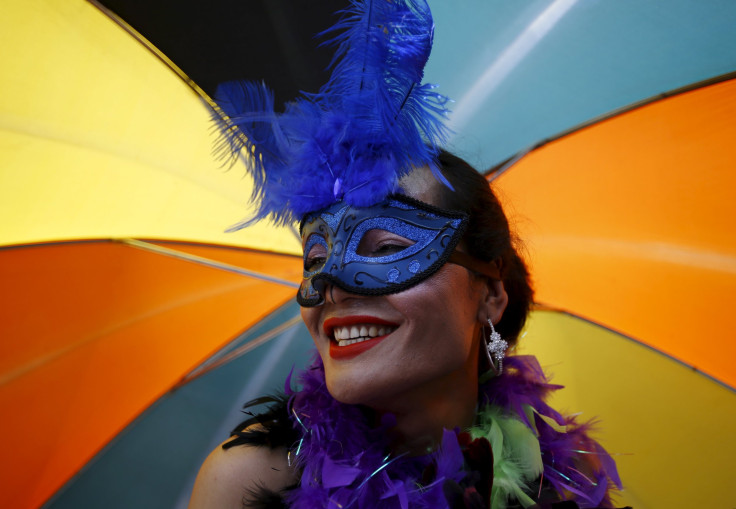Scientists reveal ‘gaydar’ does not exist; a harmful form of stereotyping

The belief on the existence of the concept of “gaydar” has been debunked by scientists, saying there was no solid scientific evidence to back up the claim that an individual can identify someone's sexuality just by looking at them. Gaydar was found with no proven accuracy, and surprisingly an incredibly damaging form of stereotyping.
Researchers of the new study, published in the journal of Sex Research, analysed the previous studies that backed up the “gaydar myth,” particularly a 2008 study suggesting people could accurately identify one's sexual orientation just by looking at photos of their faces. Gaydar was widely described as the ability to guess whether a person is gay or straight based on their appearance.
The researchers found that the results of the previous study could just as easily be explained by the quality of the photo, rather than sexuality. Reviewing the differences in the photo quality, gay men and lesbians were found to have higher quality pictures than straight people.
Lead researcher William Cox and his team from the University of Wisconsin-Madison, tested the validity of the photos with several participants. The team controlled the photo quality – making gay look like straight – and the participants were unable to identify who was gay or straight correctly.
"Most people think of stereotyping as inappropriate," Cox said. "But if you're not calling it 'stereotyping,' if you're giving it this other label and camouflaging it as gaydar, it appears to be more socially and personally acceptable."
Cox said that judging one’s sexual orientation by visual preferences is often wrong as just a small percentage of the population, or about 5 percent or less, is gay. The analysis also shows that people legitimising gaydar can be damaging stereotypes.
"Imagine that 100 percent of gay men wear pink shirts all the time, and 10 percent of straight men wear pink shirts all the time," he said. There would still be twice as many straight men wearing the same shirts, Cox said, and to rely on pink shirts as a stereotypic cue to assume men are gay will be wrong two-thirds of the time.
The harmful effect of the gaydar concept was determined through taking three groups of people on a test of manipulating their idea about gaydar. The researchers gave each group different explanations about gaydar, such as if it is real or stereotyping, but one group has not been provided with any detail.
The findings show that those who believe that gaydar was real tend to more likely use homosexual stereotypes, while the participants who thought gaydar was a form of stereotyping were less likely to judge people on their physical appearance.
The researchers warned that believing on the existence of gaydar would legitimise the use of harmful stereotypes. Stereotypes limit opportunities for members of stereotyped groups, narrowing how people think about them and promoting prejudice and discrimination even aggression.
Contact the writer at feedback@ibtimes.com.au or tell us what you think below




















